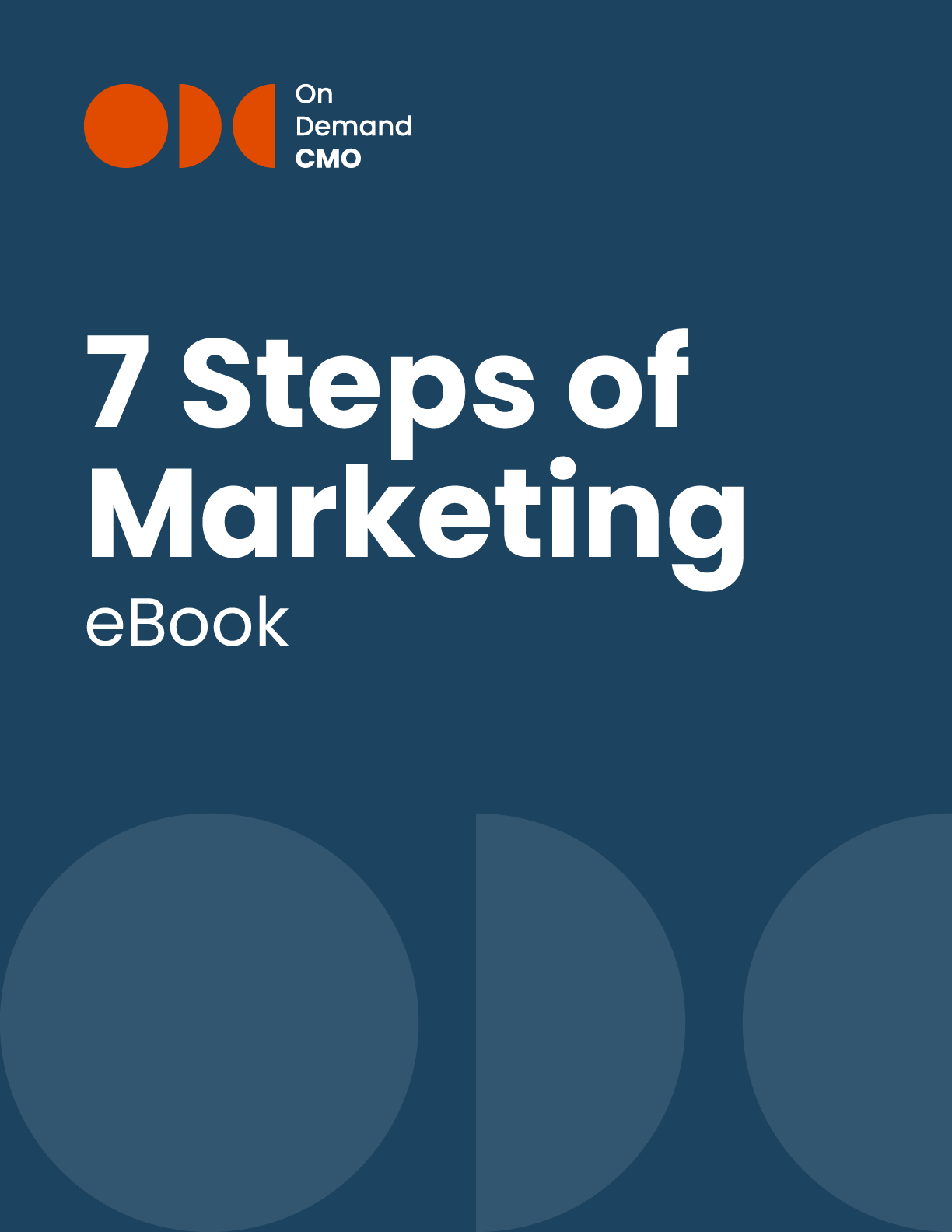by Steve Facini
In addition to their normal responsibilities of managing client portfolios, navigating a complex regulatory environment and trying to figure out where the economy and stock markets are headed, Financial Advisors sometimes feel that they should also be experts in digital marketing. Though the basic tenets of marketing remain the same – developing a unique selling proposition, understanding who could best benefit from your services and developing relevant communications that engage and motivate potential clients, digital marketing takes those core concepts to a higher level of complexity. Digital marketing has an added value in that it provides a higher level of tracking and accountability. To help Financial Advisors better understand the world of digital marketing, here are five tips to improve their knowledge and their business development efforts:
Having a professional website is an important first step in marketing your personal brand and the services you offer—but there is more to it than just posting a profile picture and a biography. You need to make sure people “find you” when they are searching for people like you. When clients need financial advice or guidance, the first place they will often turn to is a search engine. They typically begin typing in “relevant key words or phrases” to narrow the choices. Understanding which keywords/phrases consumers they are using is critical if you want to improve your results rankings and generate more site traffic. Also, analyzing the search terms being used once they arrive at your site will determine the words/terms that should be embedded in your site’s copy because it helps clients and prospects find what they were looking for and that keeps them on your site longer and increases their interest in you. Google analytics, aka “GA” is a free tool, though using it might require a bit of training (or an analytics person).
It has often been said that “content is king” and in the digital marketing world, it is even more important than ever before. So, whether you are developing original content that positions you as a “thought leader” or sharing relevant content that a client or prospect would find valuable, the key is to be an active publisher and sharer. Distributing and sharing content through your personal social media channels is a terrific way to build your personal brand awareness not only among your own “followers” but also among your “followers’ “followers”. (remember the commercial for Wella Balsam when they talked about “telling 2 friends, who tell 2 friends, that tell 2 friends?” This is what we call the “amplifying” effect of social media and how you can quickly scale your message to reach thousands of potential prospects.
In 2015, we reached an infliction point where more people are connecting to the internet through mobile phones and apps than desktops. In fact, 74% of the affluent/high-net-worth individuals ($500k+ investable assets) in US use apps or mobile websites for financial matters. That said, 73% of HNW clients reported poor user experiences that negatively impact their opinion of the brand. The primary reason why users are having poor mobile experiences is because companies have not adapted their website content to fit smaller screens/devices. If you haven’t built your mobile content in “responsive design,” then you are missing out on a large number of (wealthy) potential prospects.
The “Holy Grail” of all businesses is generating more leads so they can grow and prosper, but not all leads are created equal. In order to distinguish the “contenders” from the “pretenders,” it is important to ask the right qualifying questions upfront in order to save time later. So, regardless of the methods you use to get prospects (free reports or literature downloads) to incentivize people to share their personal information, it is important to go beyond just capturing their name and contact information. Asking 2 or 3 more qualifying questions will help you to tailor your response/message based on their specific needs. Information such as their age, where they live and their topic of interest will help fine- tune an appropriate piece of information and follow up response and ultimately, increase your conversion rates.
Whether you are “Baby Boomer” or a “Millennial,” the key to building strong personal and professional relationships remains the same—maintaining a consistent two-way dialogue. According to CEG’s Elite Advisor Study, the most successful advisors contact their top 20 clients 28 times per year. Those contacts come in all forms-calls, emails, social media, texts, meetings,etc. The benefit of all those contacts is a deeper understanding of your client’s needs and when they feel you understand their goals and unique situations, their satisfaction levels increase. And satisfied clients are more likely to provide referrals to other qualified prospects. The best way to deliver communications on a consistent basis is to integrate your CRM client and prospect data with a campaign management tool. After setting up several campaigns, you will be able to increase your contacts quickly and consistently, insuring that your pipeline is always being feed.
If you have other thoughts or insights that financial advisors could use to help them grow their businesses, you can reach me at [email protected]

OnDemandCMO has authored 7 Steps of Marketing, the only marketing guide book you’ll need to either get your marketing started properly, or stay on track strategically.
It features best practices on branding, messaging, social media, lead generation and much in between.
Please let us know who you are, and we'll share a few of our secrets (we don't sell or trade your info)!